Our solutions
By workplace
By function
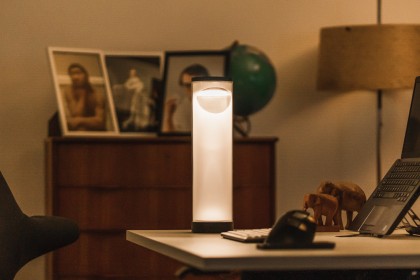
And with what kind of working environment do you stimulate your employees exactly?
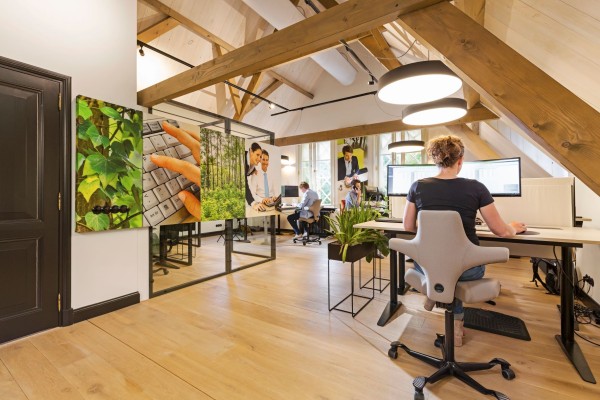
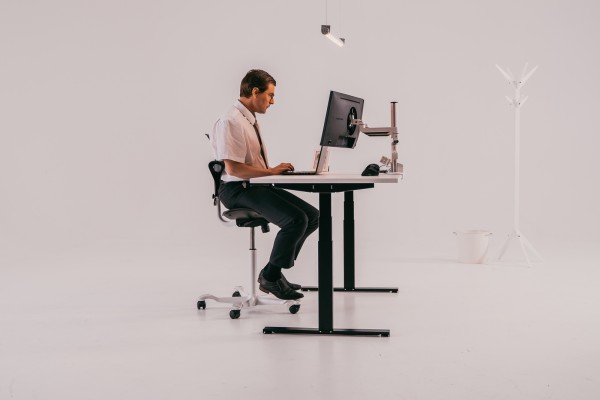
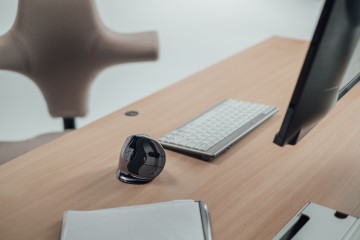
In this article you will find a quick guide to making your workplace more...

For centuries, researchers knew there was a link between sedentary staff and...
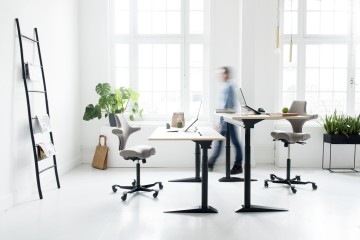
Can people be nudged with software that tells them when it's time to stand...
Need help? We're here for you
Look at our FAQ or contact us
Many customers preceded you
Read about their experience with BakkerElkhuizen